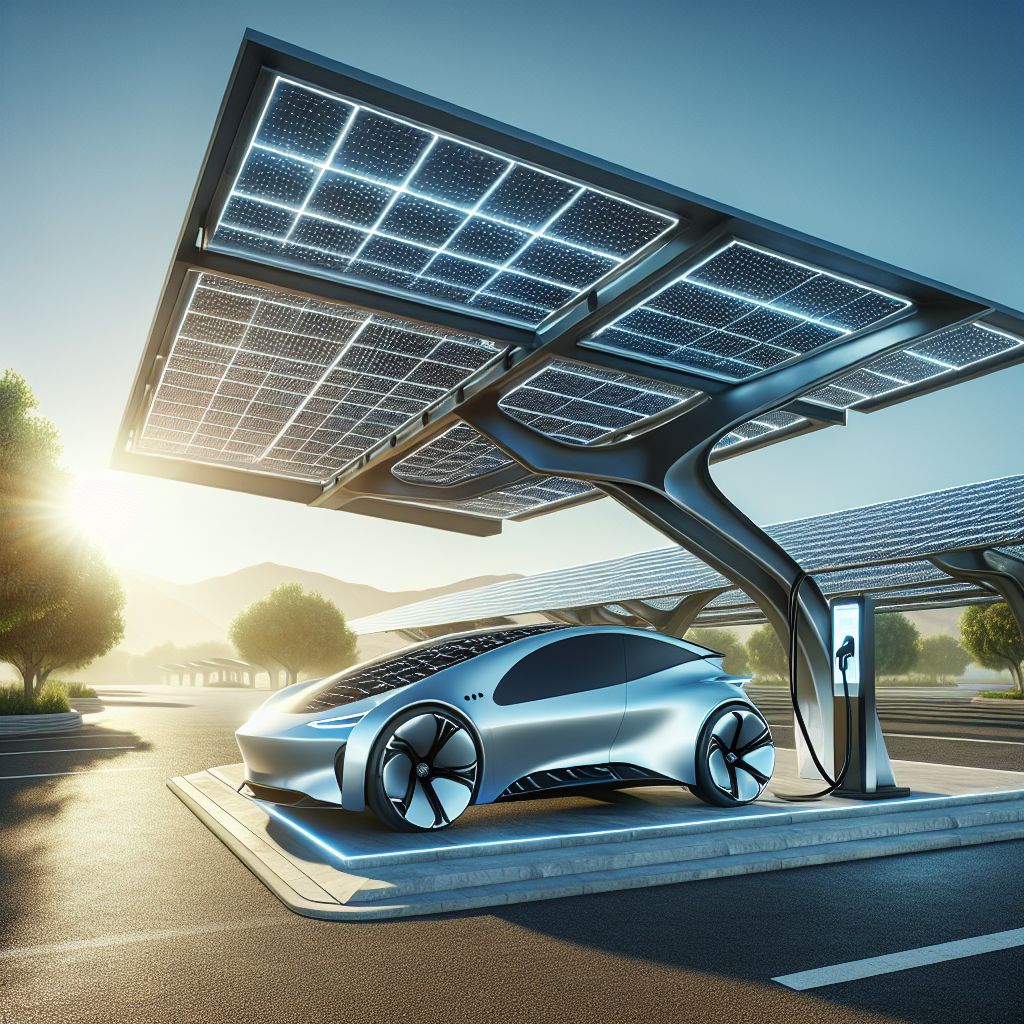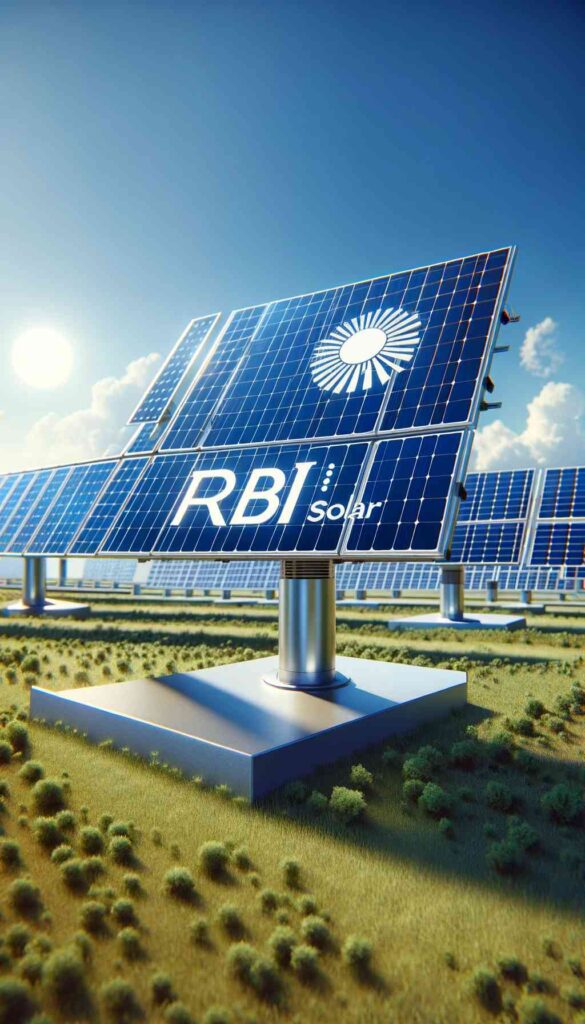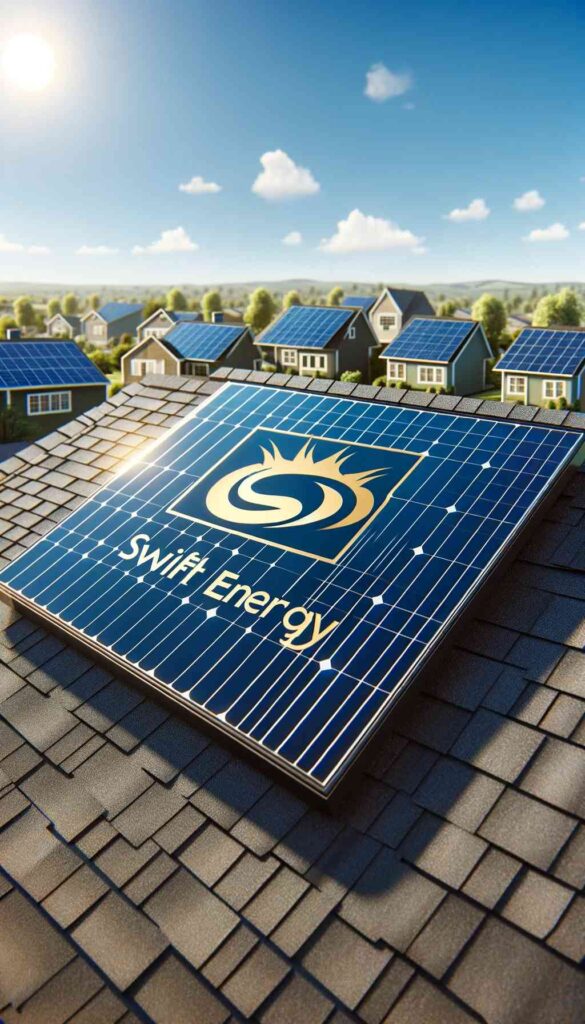Key Takeaways
- Next-generation solar charging technology promises faster charging times, making solar power more viable for everyday use.
- Integrating smart technologies into solar systems increases efficiency and optimizes energy management.
- Advancements in solar panel materials and design have led to higher energy output and durability.
- Fast charging technology benefits electric vehicles by reducing downtime and enhancing energy efficiency.
- Future trends suggest even more rapid advancements, but challenges such as cost and infrastructure integration remain.
Introduction to Next-Generation Solar Technology
Next-generation solar technology is revolutionizing how we harness the sun’s energy, making solar power a primary energy source. Innovations are making solar panels more efficient and charging faster, allowing for quick charging of devices and even cars using solar power. Driven by the need for sustainability and efficiency, solar power is leading the renewable energy movement. By embracing this technology, we can significantly reduce our carbon footprint and contribute to a cleaner planet.
Why Faster Charging is Essential
Why is faster charging essential? Simply put, time is of the essence. In our fast-paced world, waiting hours to charge a device or a vehicle can be a significant drawback. Faster charging technology addresses this issue head-on. It means less waiting time and more productivity. For electric vehicles, this translates to shorter stops at charging stations, making long journeys more feasible.
Impact on Electric Vehicles and Energy Efficiency
Electric vehicles (EVs) are a significant part of our future, and their success heavily depends on charging technology. Next-generation solar charging can revolutionize how we power these vehicles. By reducing charging times, EVs become more convenient and attractive to consumers. This could lead to a surge in EV adoption, which is essential for reducing greenhouse gas emissions.
Improved energy efficiency is also a direct result of faster charging. When solar panels can quickly capture and store energy, less is wasted. This means more power is available when you need it, and less is lost in the process. The ripple effect of this efficiency touches everything from household energy bills to national energy policies.
Current Solar Charging Capabilities
To appreciate where we’re headed, let’s first look at where we are. Current solar charging capabilities have improved significantly over the years, but there are still limitations. Most solar panels today can charge small devices efficiently, but when it comes to larger applications like powering homes or charging electric vehicles, the process is still slower than desired.
Standard Charging Times and Limitations
Standard solar charging times can vary widely depending on the technology used and the application. For instance, a typical solar panel might take several hours to charge a smartphone fully. For electric vehicles, it can take several hours or even overnight to reach a full charge. These times are not always practical, especially in situations where quick energy replenishment is needed.
One of the main limitations is the dependency on sunlight availability. Without adequate sunlight, charging slows down significantly. This reliance on weather conditions can make solar energy less reliable than other energy sources. Enhancing charging speeds is essential to overcoming these barriers.
Energy Output and Storage Challenges
Energy output and storage are critical components of solar technology. Current solar panels convert only a portion of the sunlight they receive into usable electricity. This conversion efficiency is one area where advancements are desperately needed. The higher the efficiency, the more power we can harness from the same amount of sunlight.
Storage is another challenge. Solar energy is most abundant during the day, but peak energy use often occurs in the evening. This mismatch requires efficient storage solutions to ensure energy is available when needed. Batteries and other storage technologies are improving, but they still present a significant hurdle in making solar energy a primary power source.
Comparing Past and Present Solar Technology
Looking back, the evolution of solar technology is remarkable. Early solar panels were bulky, expensive, and inefficient. They were primarily used in niche applications like powering satellites. Today, solar panels are more affordable and efficient, making them accessible to a broader audience.
The transition from past to present technology involves improvements in materials and design. Modern solar panels use advanced materials that capture more sunlight and convert it more efficiently. They’ve also become more durable, able to withstand harsh weather conditions and last longer.
Advancements in Solar Panel Technology
The future of solar technology looks bright, thanks to continuous advancements. Researchers and engineers are constantly working to improve solar panels’ efficiency and durability. These advancements are paving the way for next-generation solar charging systems that promise faster and more efficient energy conversion.
Role of Smart Technologies in Solar Energy
Smart technologies are revolutionizing the solar energy landscape by introducing a level of intelligence and automation previously unseen in energy systems. These technologies involve the use of sensors, data analytics, and connectivity to optimize the performance of solar panels. By constantly monitoring environmental conditions and the panels’ performance, smart systems can adjust operations in real-time to maximize energy output.
For example, smart solar panels can track the sun’s position and adjust their angle for optimal sunlight exposure. They can also communicate with other panels and the grid to balance energy supply and demand. This not only increases efficiency but also extends the lifespan of the solar system by reducing wear and tear.
Innovations in Material and Design
The materials and design of solar panels have come a long way. Innovations in this area are important for enhancing efficiency and reducing costs. One of the most significant developments is the use of perovskite materials. These materials have shown potential for higher efficiency rates and lower production costs compared to traditional silicon-based panels.
Design improvements have also led to more flexible and lightweight solar panels. These advancements allow for new applications, such as integrating solar panels into building materials or even clothing. This versatility expands the potential for solar energy to be used in various settings, from urban rooftops to remote locations.
Fast Charging Solar Systems
Fast charging solar systems are leading the way in next-generation solar tech, making it quicker to charge devices and vehicles with solar power. Using advanced materials and smart technologies, these systems boost the speed of energy conversion and storage. High-efficiency solar cells capture more sunlight and turn it into electricity faster, while advanced storage solutions ensure energy is always ready when needed, cutting down our reliance on traditional power sources.
Overview of High-Speed Solar Chargers
High-speed solar chargers are designed to deliver energy at an accelerated pace. These chargers use cutting-edge technology to increase the efficiency of solar panels and the speed at which energy is stored and delivered. They are particularly beneficial for applications where quick energy replenishment is vital, such as in electric vehicles or portable devices.
Benefits of Fast Charging Tech for Solar Energy
The benefits of fast charging technology in solar energy are numerous. For starters, it reduces the time needed to charge devices and vehicles, making solar energy more convenient and practical for everyday use. This convenience can lead to greater adoption of solar technology across various sectors.
Fast charging also improves energy efficiency by minimizing energy loss during the conversion and storage processes. This efficiency means that more of the captured solar energy is used productively, reducing waste and maximizing the benefits of solar power.
Fast charging technology can also enhance the reliability of solar energy systems. By ensuring that energy is quickly available, these systems can better meet peak demand periods and reduce the need for backup power sources, contributing to a more stable and sustainable energy grid.
Integrating Fast Charging with Existing Infrastructure
Integrating fast charging technology with existing solar infrastructure is a critical step in the evolution of solar energy. This integration allows for the enhancement of current systems without the need for complete replacements, making the transition more economically viable.
To achieve this, it’s essential to focus on compatibility and scalability. Fast charging components must be designed to work seamlessly with existing solar panels and energy storage solutions. This requires careful planning and engineering but offers significant benefits in terms of improved performance and efficiency.
Applications of Fast Charging Solar Technologies
Fast charging solar technologies are versatile, ranging from personal electronics to large-scale energy solutions. They can quickly recharge smartphones, laptops, and other devices, especially useful in remote areas or emergencies. On a larger scale, they can power homes and businesses efficiently, reducing grid reliance and lowering energy costs, meeting the rising demand for sustainable energy solutions.
Electric Vehicles: Speeding Up Charge Times
Electric vehicles (EVs) stand to gain significantly from fast charging solar technologies. By reducing charge times, these technologies make EVs more convenient and practical for everyday use. This can lead to increased adoption of EVs, which is crucial for reducing transportation-related emissions.
Home and Commercial Solar Energy Use
Fast charging solar systems can greatly enhance the efficiency and reliability of home and commercial solar energy solutions. By ensuring that energy is quickly captured and stored, these systems can better meet the energy needs of households and businesses, reducing their dependence on the grid.
For commercial applications, fast charging solar technologies can lead to significant cost savings by reducing energy bills and increasing the return on investment for solar installations. This makes solar energy a more attractive option for businesses looking to cut costs and improve sustainability.
Utility-Scale Solar Operations
At the utility scale, fast charging solar technologies can improve the efficiency and output of large solar farms. By maximizing energy capture and storage, these technologies can help meet the growing demand for renewable energy and reduce the need for fossil fuel-based power plants.
Incorporating fast charging systems into utility-scale operations can also enhance grid stability by providing a reliable source of energy that can be quickly deployed during peak demand periods. This contributes to a more resilient and sustainable energy infrastructure.
Future Prospects and Developments
The future of solar charging technology is incredibly promising. With ongoing research and innovation, we can expect to see even more efficient and faster charging systems. These advancements will not only enhance the practicality of solar energy but also make it a more attractive option for a broader range of applications, including compact solar solutions.
One of the most exciting prospects is the potential for solar technology to become fully integrated into our daily lives. Imagine buildings with solar panels seamlessly integrated into their design, vehicles that charge while parked in the sun, and portable devices that never run out of power. This vision is becoming increasingly attainable as technology continues to advance.
Predicted Trends in Solar Charging Technology
Several trends are emerging in the field of solar charging technology. One significant trend is the development of more efficient solar cells. Researchers are exploring new materials and techniques to increase the efficiency of solar panels, allowing them to capture more sunlight and convert it into electricity more effectively.
Another trend is the integration of artificial intelligence and machine learning into solar systems. These technologies can optimize energy management, predict energy needs, and adjust operations in real-time to maximize efficiency. This intelligent approach to solar energy management promises to revolutionize how we harness and use solar power.
Potential Barriers and Solutions
Despite the promising advancements, there are still barriers to overcome. One of the main challenges is the cost of implementing next-generation solar technologies. While prices have decreased over the years, the initial investment can still be a hurdle for many consumers and businesses.
To address this, governments and organizations are offering incentives and subsidies to encourage the adoption of solar technology. As technology continues to advance, production costs are expected to decrease, making solar energy more accessible to a wider audience.
Implications for Global Energy Markets
Advancements in solar technology are game-changers for global energy. With more efficient and affordable solar systems, we can cut down on fossil fuel use and move towards a cleaner, more sustainable future. Plus, the growth of the solar industry means more jobs and economic growth, creating new opportunities for skilled workers to join the renewable energy movement. In short, the future of solar charging technology is looking bright, and as innovation continues, solar power is set to become a key player in our energy landscape, making our world greener and more efficient.
Frequently Asked Questions
How does fast charging affect solar panel efficiency?
Fast charging technology boosts solar panel efficiency by minimizing energy loss during conversion and storage, ensuring more captured sunlight is converted into usable electricity. These systems often use smart technologies to monitor and adjust operations in real-time, enhancing performance and reliability.
Can all solar panels be upgraded to fast charging systems?
Not all existing solar panels can be easily upgraded to fast charging systems. The feasibility of an upgrade depends on several factors, including the age and technology of the panels, as well as the compatibility of the existing system with fast charging components.
In some cases, it may be more cost-effective to install new panels that are specifically designed for fast charging. These panels often incorporate advanced materials and technologies that enhance efficiency and charging speed.
What are the cost implications of fast charging technology?
The cost of implementing fast charging technology varies widely based on the specific system and application, and while the initial investment may be higher than traditional solar systems, the long-term benefits often outweigh these costs. Fast charging systems can significantly reduce energy bills by decreasing reliance on the grid and improving energy efficiency. Also, as technology advances, the cost of fast charging components is expected to decrease, making them more accessible to a broader audience.


